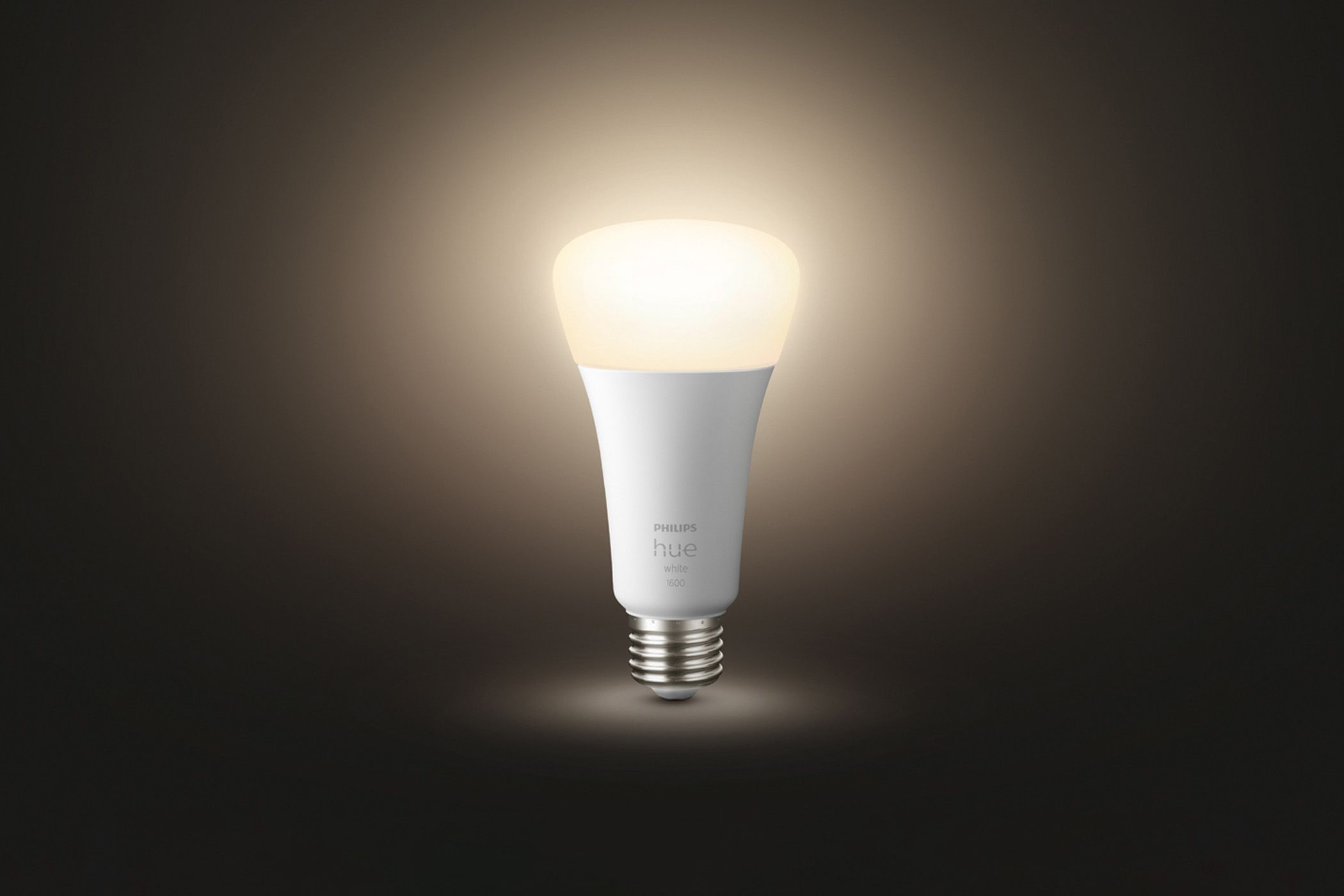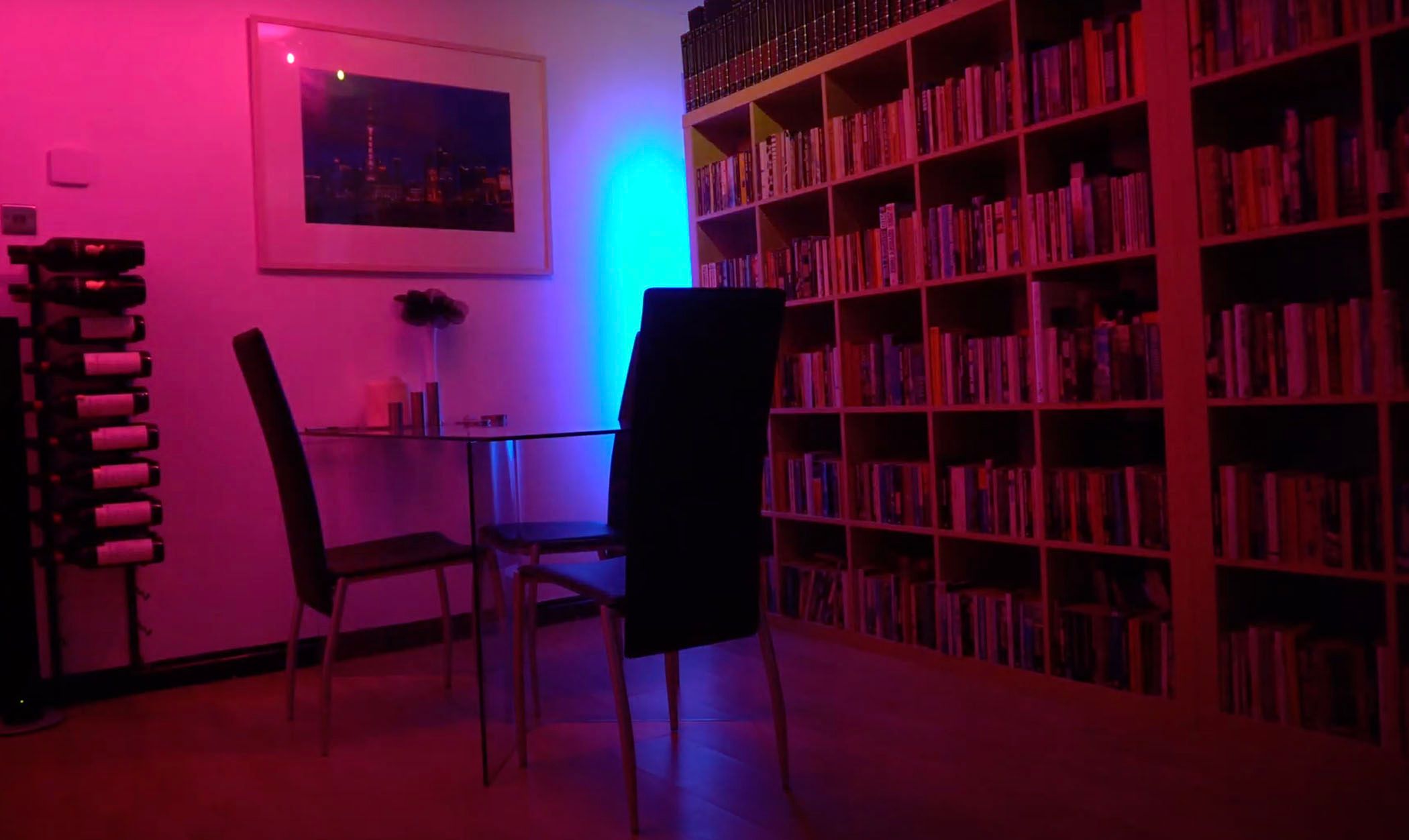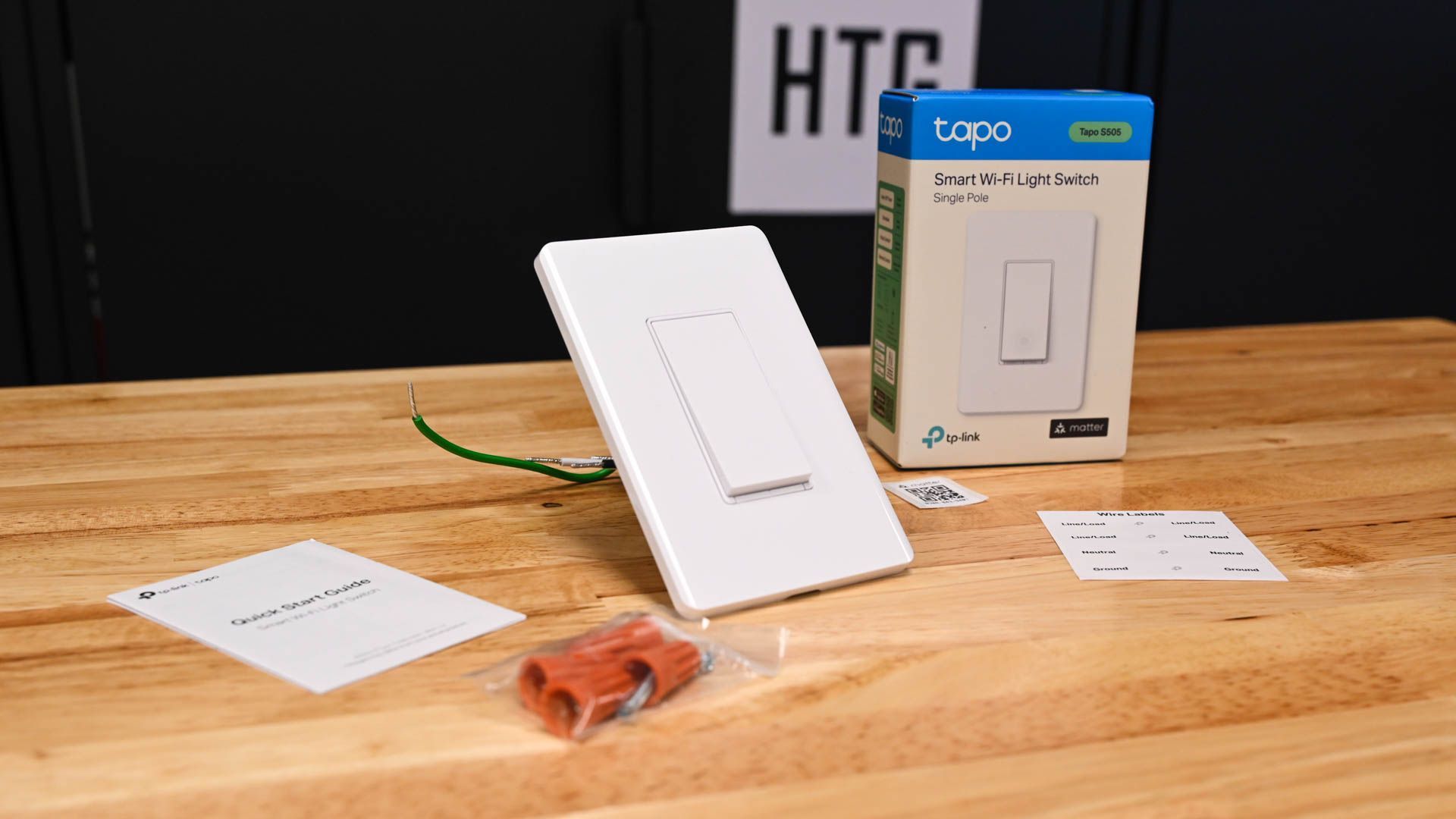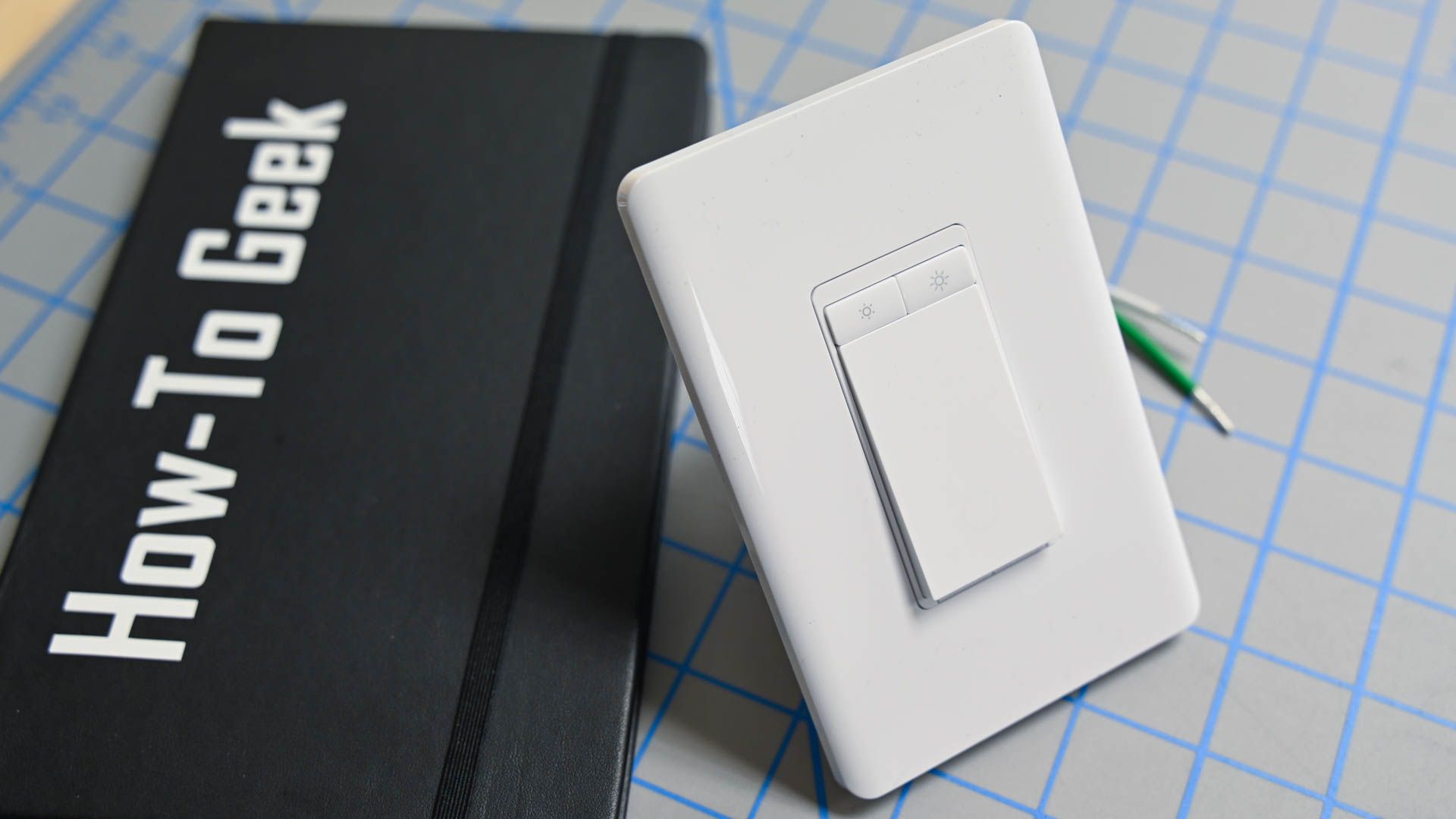Summary
- I went for smart bulbs when I started my smart home journey, but I quickly realized that they are useless whenever someone turns them off at the light switch.
- Colored smart bulbs are neat, but they’re expensive and not always necessary (and I use them less than ever now that the novelty has worn off).
- Smart switches are the answer, since they’re not subject to the same pitfalls as smart bulbs, they work with cheap regular bulbs and they’re a better fit for home automation.
I’ve always loved messing around with smart home tech and have a lot of it in my home. However, if I could go back in time, there’s one decision that I made early on that I would do differently.
Dumb Switches Make My Smart Bulbs Unreachable
I bought my first smart light bulb over a decade ago. I loved being able to control it from my phone or change the hue, brightness, or color temperature. I liked it so much that I invested in more smart bulbs for the main rooms of my home.
It didn’t take long, however, for a major flaw with smart bulbs to become apparent. To control a smart bulb, it needs to have power, even if it isn’t currently illuminated. Replacing traditional bulbs with smart bulbs means that if you turn off the light switch, your smart bulb no longer has power and is effectively unreachable.
As the person setting up all the smart home automations that use my lights, I could live with simply never touching the light switches in my home and using automation or smart home controls to turn them on and off. The issue is that I don’t live alone, and understandably, the other people in my home like to use the light switches to turn the lights on and off because, well, that’s what they’re for. Even if I did manage to persuade my family to never touch a light switch again, the same problem would occur as soon as any guests came to my home.
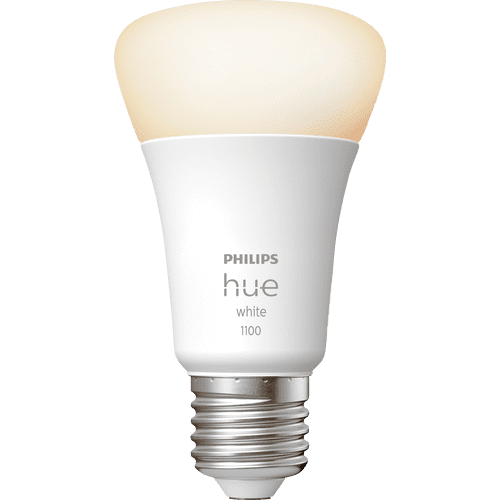
Philips Hue
$111 $130 Save
$19
My smart bulbs are usually unreachable for more time than they’re online, so they’re dumb far more often than they’re smart. It’s all very well setting up adaptive lighting to change the color temperature of your bulbs throughout the day and mimic the natural light outside, but if someone has turned off the light at the switch, all that clever automation is just going to waste.
I Never Change My Smart Bulb Colors
Being able to change the colors of my smart bulbs from my phone was exciting when I got my first few smart bulbs. Creating scenes with different bulbs showing different colors felt like I was living in the future.
I honestly can’t remember the last time I used a smart bulb to change the ambiance in a room. I use one in my son’s room that turns blue to indicate that it’s time to get up in the morning, but I could just as easily do the same with a white bulb.
Colored smart bulbs are usually much more expensive than the white versions, and I spent a lot more money than I needed to when purchasing bulbs to access a huge range of colors that I just don’t use. One or two here and there might be worthwhile, but having them in places like the hallway is just overkill.
Replacing a Smart Bulb Is a Pain
Another major issue with smart bulbs is that if you need to replace them, you can’t just take the dead one out and put in a new one. At a minimum, you need to pair the bulb with whatever app you’re using to control it.
If you have home automations set up that control the bulb that died, you need to add the new bulb to your smart home ecosystem and then change your automations to refer to the new bulb instead of the old one. It’s not a hugely onerous task, and there are ways you can mitigate the problem, such as having your automations control groups rather than specific devices, but it’s still more hassle than it needs to be.
Smart Switches Solve All of These Problems
This was my mistake. Smart bulbs seem like the perfect solution to controlling and automating the lights in your home, but it turns out they have some significant problems. What I should have done instead was install smart switches rather than smart bulbs.
Smart switches allow you to control the power to the bulbs rather than the bulbs themselves, and as well as app or automation control, you can do so by using the switch itself. If someone turns off a light using the switch, it’s not a problem; you can still control it remotely using an app or other smart home control or just turn it on again using the switch.
You don’t have to train your household to leave the light switches alone, and you don’t have to worry about leaving a 40-page manual for guests about how to control the lights in your home. It’s a solution that works for both Luddites and tinkerers alike.
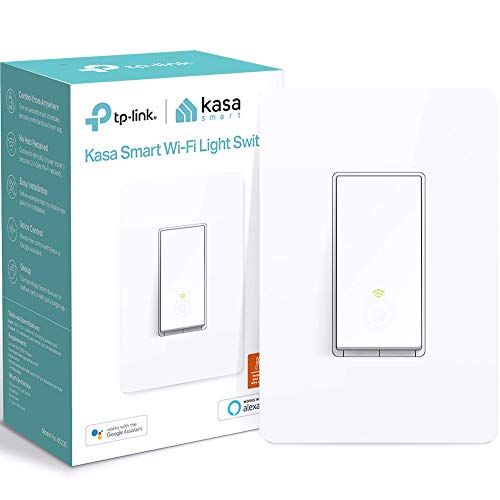
Kasa Smart Light Switch HS200
$13 $20 Save
$7
Now that my old smart bulbs are starting to die, I feel I can justify the cost of installing some smart switches. Previously, it felt like a waste to install smart switches after spending money on all those smart bulbs. Now, I can rectify my mistake, free of guilt.
Smart Switches Work With Cheap Bulbs
If you want, you can use both smart bulbs and smart switches in combination. You just need to set up some automations that ensure that the smart switch powers up the smart bulb first before you try to control the smart bulb. Some smart switches can also maintain power to the smart bulbs even when they’re “off.”
The beauty of smart switches is that you don’t need to use smart bulbs, however. You can use good old-fashioned dumb light bulbs but still have them behave like they’re smart by controlling them via the smart switch. You get the benefit of being able to use far cheaper bulbs, and you can also replace a dead bulb in moments without your home automations being affected.
Smart Switches Work Better With Home Automation
This is the big one for me. I’m a strong believer that home automation is vastly superior to smart home control. Being able to turn on a light by walking up to a home hub dashboard on your wall is all very well, but in reality, it’s just a slightly cleverer version of a switch.
True smart home automation makes things happen without any interaction on your part. A simple example is a smart bulb and a motion sensor; in combination, you can have your lights turn on when you walk into a room. You don’t have to do anything to make it happen, and it can feel a little like magic.
The trouble is, if you do this using smart bulbs, the magic stops working as soon as someone turns off the light switch. With a smart switch, however, your automation will always work because the smart switch will always be reachable.
Don’t get me wrong, my smart bulbs have given me a lot of pleasure. It’s been fun setting up things such as adaptive lighting to mimic the color temperature of natural light throughout the day or to create automations to make it seem like we’re at home when we’re not. However, it’s also been incredibly frustrating having those automations fail because someone has used the light switch for its intended purpose.
Now that some smart bulbs are starting to fail, I can finally justify making the (ahem) switch to a better option. I intend to keep some smart bulbs in use, but the smart switch revolution in my home is about to begin.


